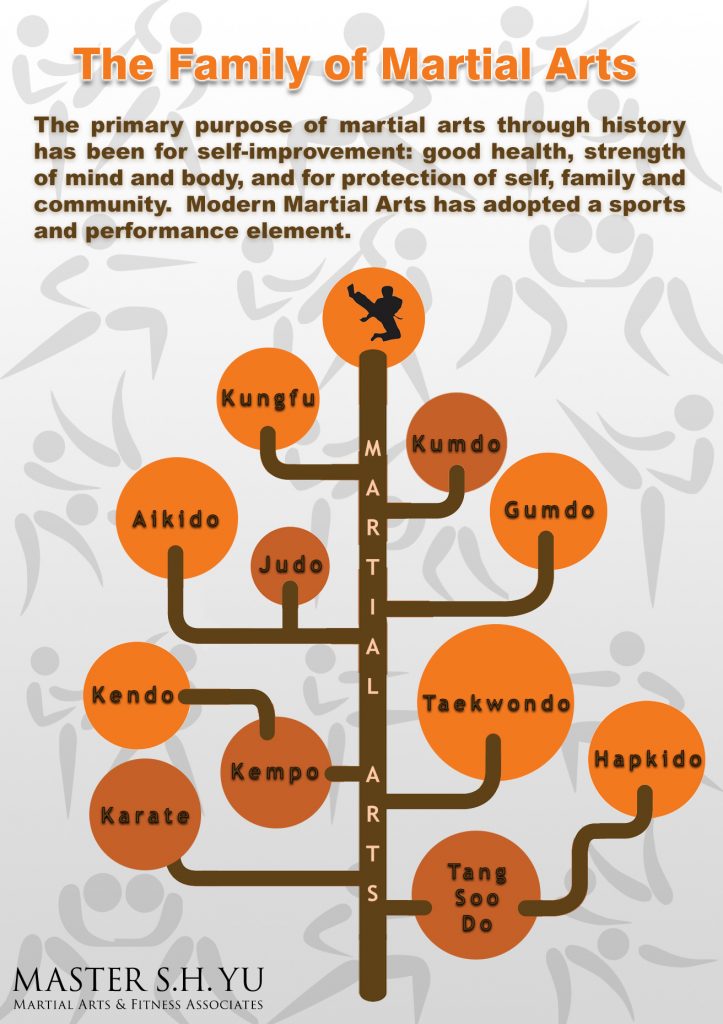The Worldwide History And Change Of Martial Arts
The Worldwide History And Change Of Martial Arts
Blog Article
Web Content By-Winkler Liu
Martial arts have an interesting background that extends centuries and continents. You might discover it interesting exactly how ancient techniques like Shuai Jiao and Kalaripayattu prepared for contemporary battle methods. These self-controls not only emphasize physical skills yet additionally reflect the cultures that birthed them. As you discover their evolution, think about how globalization has actually changed these typical forms right into hybrid styles. What impacts do you assume have formed today's martial arts landscape?
Ancient Martial arts: The Foundations of Battle
As you delve into the world of old martial arts, you'll find the rich structures that shaped fight techniques throughout cultures. Very early methods focused on Self-Defense and survival, commonly integrating strikes, hurting, and weapons.
In old China, as an example, strategies like Shuai Jiao stressed tosses and joint locks, while India's Kalaripayattu showcased dexterity and liquid motion. Japanese samurai developed Kenjutsu, a refined swordsmanship that highlighted technique and approach.
These martial arts served not just for fight however also as a way of personal development, instilling values like regard and willpower. The mixing of these methods over time prepared for the varied martial arts you see today, each mirroring the one-of-a-kind philosophies and requirements of its society.
The Cultural Influence on Martial Arts Advancement
While martial arts often reflect the useful requirements of a society, they additionally embody the social values and ideas of their beginnings. When you check out various martial arts, you'll notice how they're influenced by religious beliefs, approach, and social norms.
For instance, the emphasis on respect and self-control in Japanese martial arts stems from Zen Buddhism and samurai culture. On the other hand, Brazilian Jiu-Jitsu promotes adaptability and strategy, formed by the need for performance in a varied, multicultural environment.
You may discover that the routines, uniforms, and training approaches reflect a community's history and identification. By understanding these social impacts, you deepen your gratitude of martial arts and their function fit human experiences around the world.
Modern Adaptations and the Globalization of Martial arts
Martial arts have actually changed considerably in recent decades, adjusting to contemporary culture and global impacts. what are all the types of martial arts 'll notice that conventional types have blended with modern-day strategies, producing hybrid styles like MMA. visit this web-site satisfy varied audiences, making martial arts obtainable and appealing around the world.
With the increase of social media and electronic systems, you can locate tutorials and competitors from all corners of the globe, damaging geographical barriers. This globalization has led to a shared admiration for various techniques, from Brazilian Jiu-Jitsu to Taekwondo.
As https://beckettalvep.blog-gold.com/43911562/a-historic-review-and-development-of-martial-arts-around-the-world engage with these arts, you'll recognize they're not just about fight; they promote physical fitness, technique, and mental well-being.
Eventually, contemporary adaptations have improved the martial arts landscape, making it a vibrant and advancing practice.
Final thought
In checking out the background and evolution of martial arts, you reveal a remarkable blend of methods, societies, and philosophies. From ancient self-controls like Shuai Jiao and Kalaripayattu to the modern flexibility seen in MMA, martial arts show mankind's mission for Self-Defense and personal development. As you engage with these techniques, you not just get skills however likewise a deeper admiration for the diverse practices that shape our globe today. So, continue your journey and embrace the art of fight!
